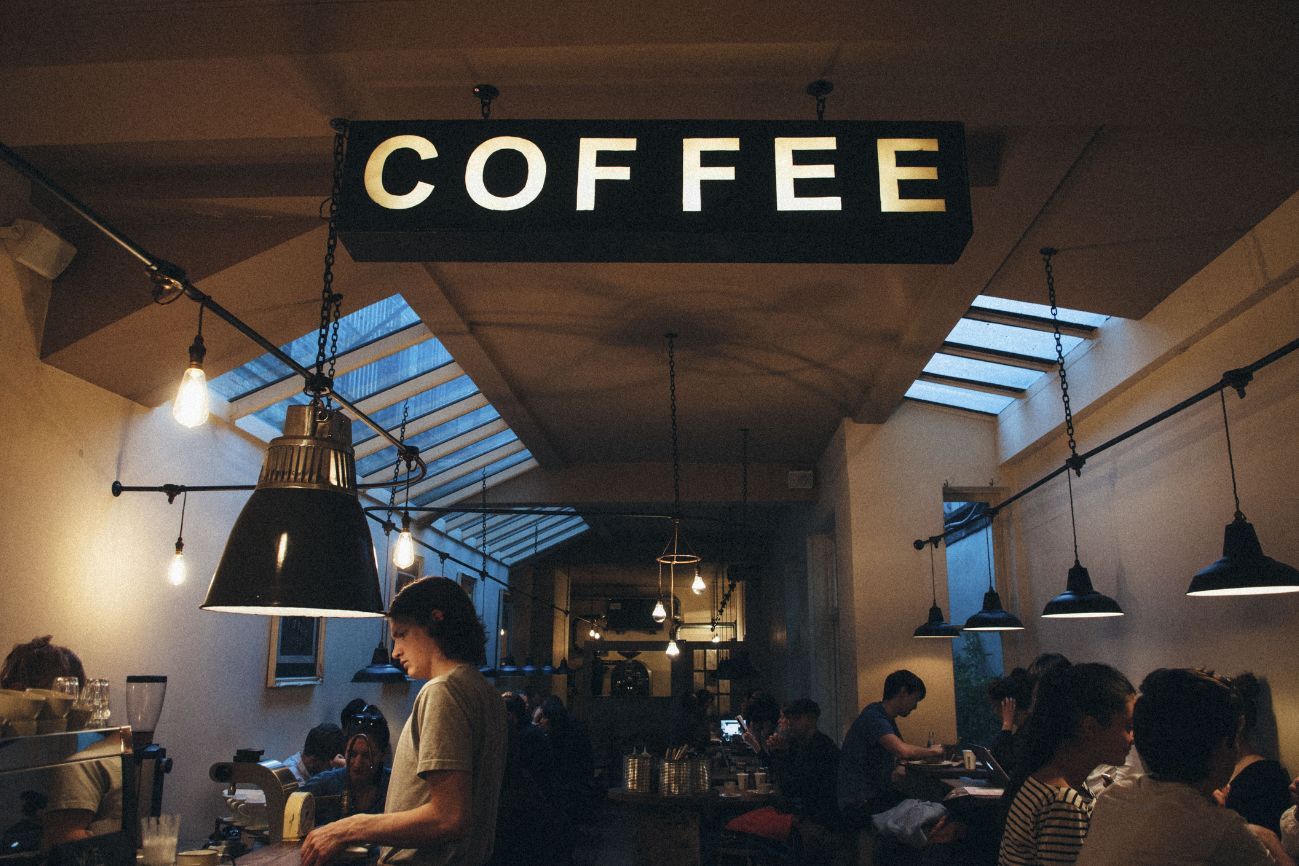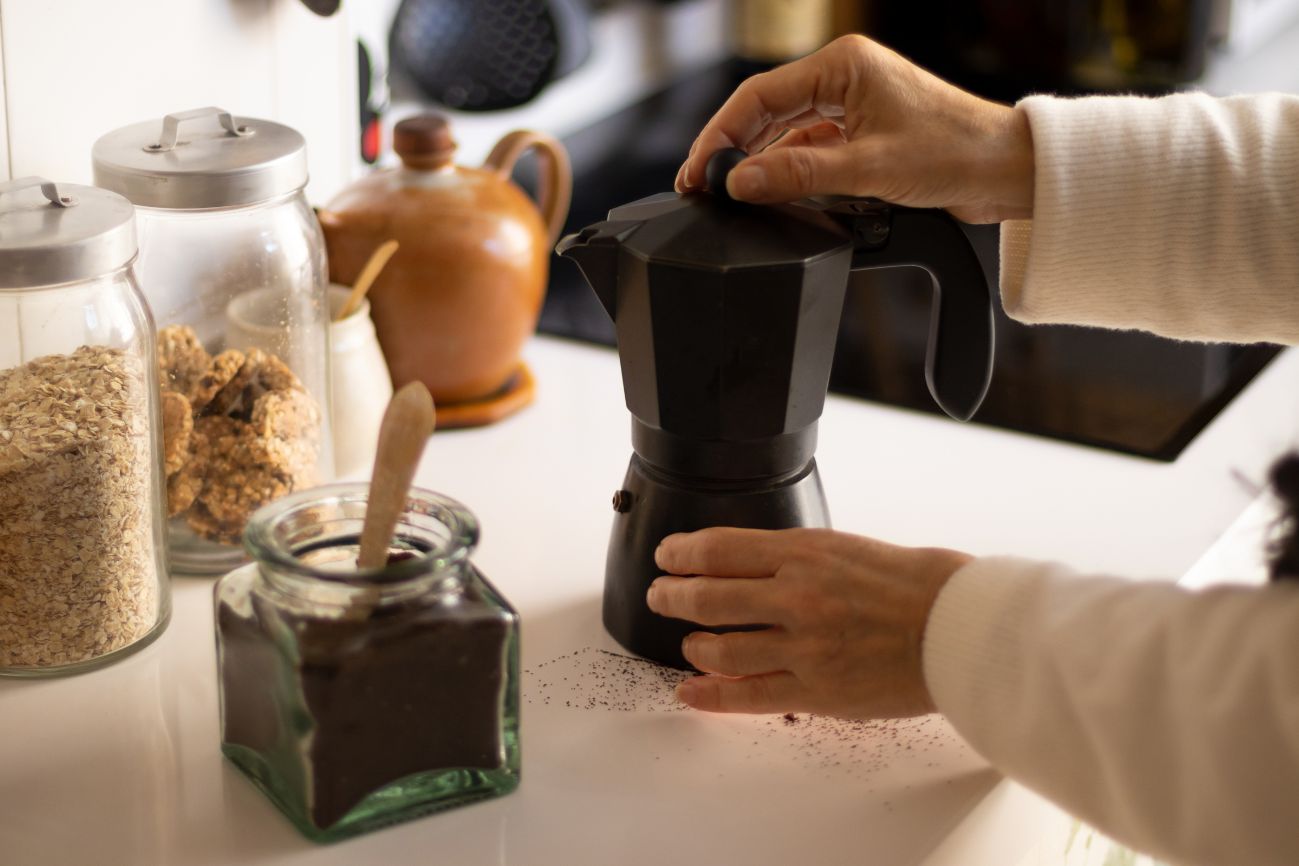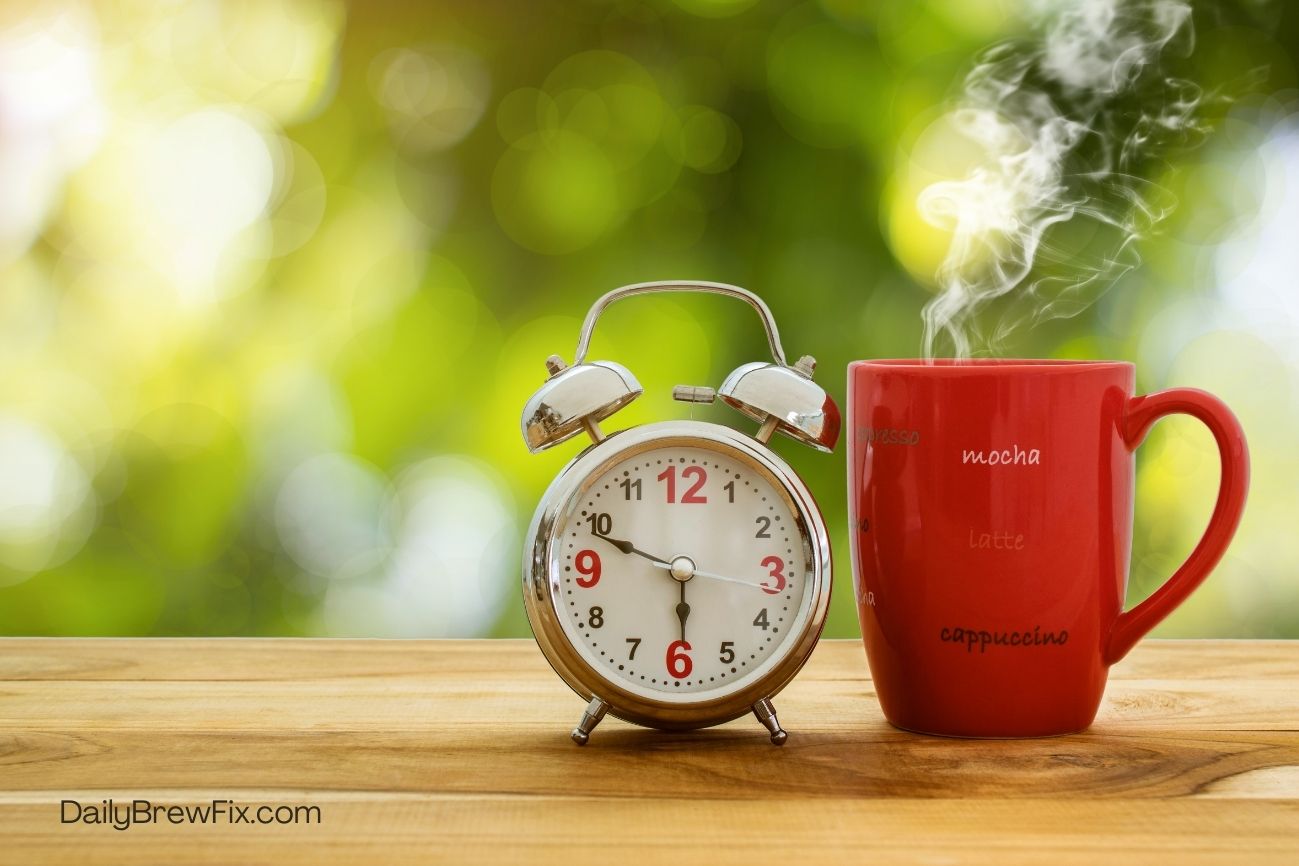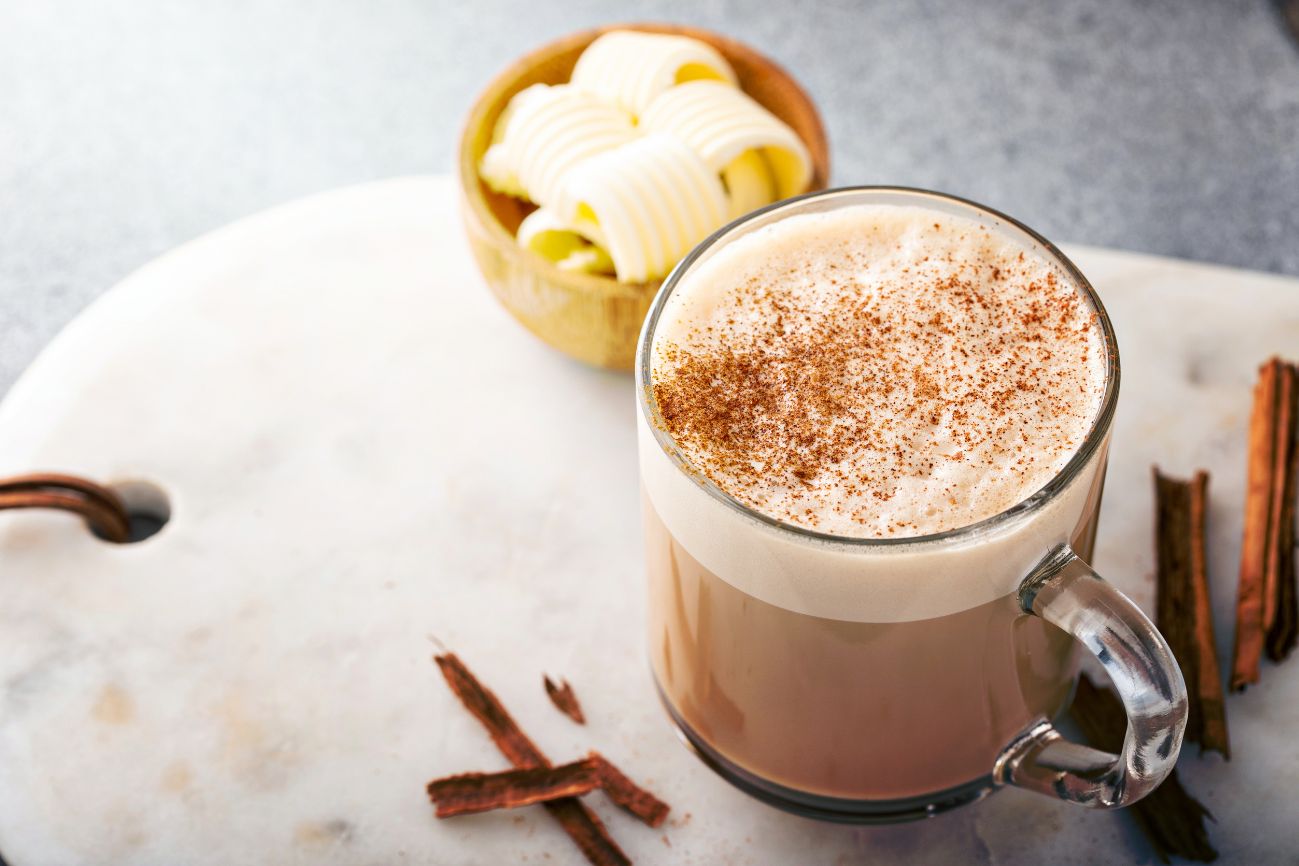If you’ve heard the term “4th wave coffee” and don’t know what it means, or what the waves of coffee you’ve come to the right place.
If we look back in history, the coffee industry has changed immensely.
Mass production and changes in the distribution of coffee products have been referred to as coffee waves. If we look closely, coffee waves encompass numerous changes, such as how coffee beans are harvested, their packaging, transportation, and many other aspects.
Just as other cultures and market trends have evolved over time, the transformations in the coffee industry have also been categorized into waves. The term “coffee waves” was first popularized by the coffee professional Trish Rothgeb in the early 2000s.
The First Coffee Wave: The Era That Ruined Good Coffee?
So, First Wave Coffee was essentially the era when coffee entered mass production and became all about convenience. The instant coffee and tin-can coffee you see today are all products of this wave. People didn’t care about flavor or origin, they just wanted a caffeine kick.
It is considered the worst coffee wave and is often referred to as commodity coffee. The reason behind this is that when coffee entered the industry in the 1800s, people started consuming it just for the caffeine kick. No one cared about its flavor, taste, or quality; all they wanted was a quick caffeine fix.
Back then, people prioritized convenience over quality and taste. They wanted ready-made coffee without the hassle of turning on a machine or putting in any effort.
Most people didn’t even bother to read the ingredients mentioned on coffee cans. In fact, some didn’t even know that coffee beans were naturally grown, because, at that time, coffee felt more like it came from a factory, not a farm.
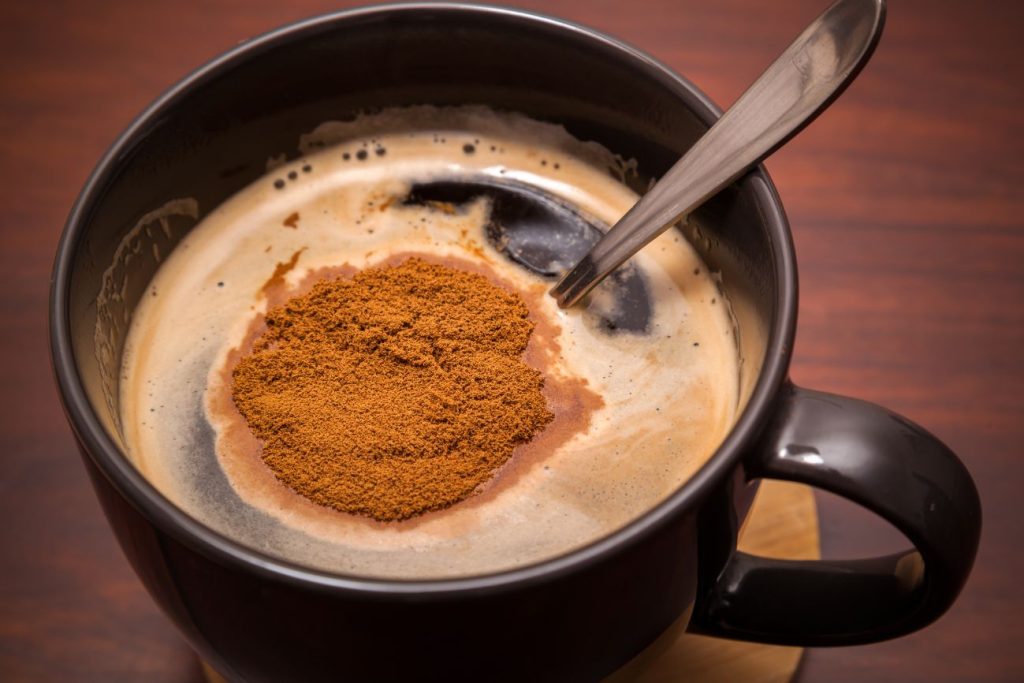
Rise of Famous Coffee Brands
The main focus of this wave was quantity and accessibility, which is why low-quality beans were used, and brands like Folgers, Maxwell House, and Nescafé dominated the market. At this time, coffee was considered nothing more than a commodity, and people consumed it like an industrial product; there was no concept of specialty coffee or craftsmanship.
Coffee was sold in large cans and jars in pounds, and those cans never mentioned what kind of beans were used, where they were harvested, or how they were processed. But none of that mattered to the consumers, they only cared about convenience.
If you see cheap, overly roasted, or pre-ground coffee, you can be sure it’s a First Wave Coffee legacy. This was a business-driven revolution where coffee became a household staple, but without any emphasis on quality.
Simply, you can say that First Wave Coffee was just about getting a caffeine fix, not about enjoying the experience.
The Second Coffee Wave: A Revolution or a Corporate Gimmick?
The second wave of coffee started in the 1970s, and this coffee wave was significantly better than the first wave of coffee. During this wave, people began to realize that coffee was not just about getting a caffeine fix, but its taste and experience also mattered.
This is the type of coffee you get from large coffee chains, where at least some details are mentioned, such as which beans were used, where they were cultivated, and what kind of roast level was used. During the second wave, many new coffee drinks were introduced, such as espresso and espresso-based drinks like cappuccino, latte, and macchiato, which became popular. To make espresso, espresso machines were also imported from Italy.
Big brands began to realize that instead of focusing on quantity, they needed to improve the quality and flavors of coffee. In 1982, the Specialty Coffee Association of America (SCAA) was established to define the standards for specialty coffee and to help establish the coffee industry.
People started gaining knowledge about coffee, how they could enhance their coffee taste and experience, and what new brewing methods they could use. They also began to explore where coffee beans came from and their quality.
Thus, the goal of second-wave coffee was no longer just to sell large quantities, but to provide better quality and the best coffee experience to people.
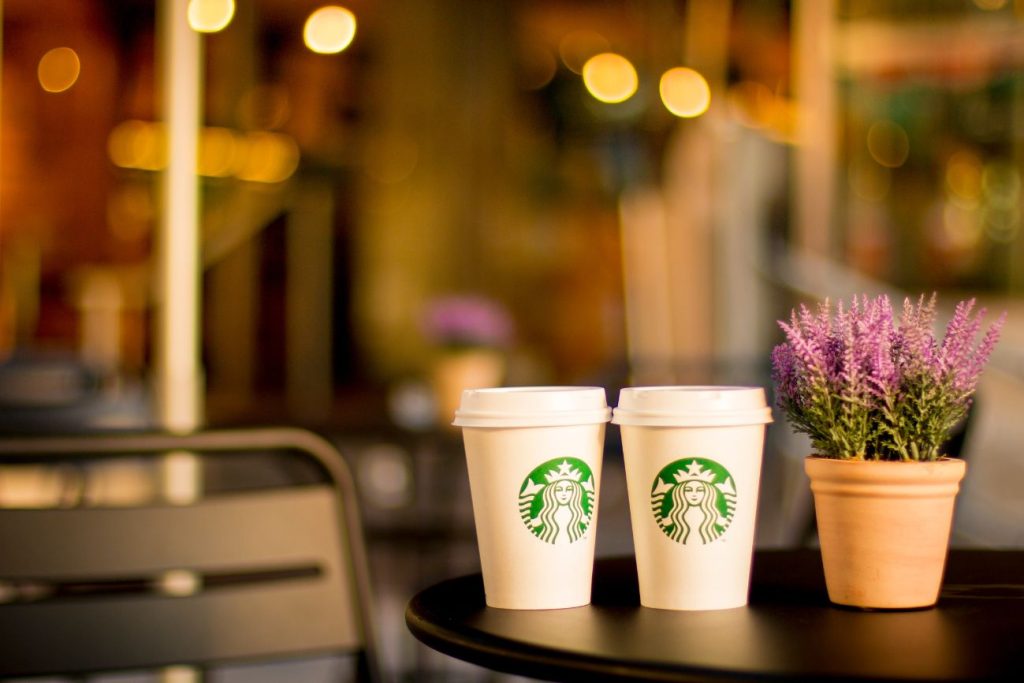
Fall of Beers and Spirits
Starbucks and other coffee brands realized that the industry wanted a different coffee experience, where quality and experience mattered more than quantity.
During the second wave of coffee, coffee shops were no longer just places to grab a coffee, but instead became hangout spots where people didn’t just go for a drink, they went for the experience. People started to truly enjoy coffee the right way, and coffee shops turned into social gathering places.
As people began preferring coffee shops, the sales of beer and spirits started to decline, leading to a drop in the alcohol industry during the second wave.
This coffee wave provided people with a stylish and relaxed experience, which soon became a part of their lifestyle.
The Third Coffee Wave: The Peak of Quality or Just Pretentious Hype?
And if we talk about the third coffee wave, it was the most important coffee wave so far. A lot changed in this wave, and the coffee industry saw massive growth. People discovered new ways to prepare and consume coffee. Just like Starbucks, many other brands also began to see coffee as an art.
As you know, in this third wave of coffee, which happened in the 21st century, there are countless ways to make coffee. You know everything about it, like different coffee roast types, various coffee bean types, and multiple brewing methods such as pour-over, French press, and cold brew.
In the third coffee wave, new brewing techniques, coffee flavors, and many other innovations transformed the industry. As you know, today, there are numerous coffee flavors available that you can easily make and enjoy.
The third wave also emphasized understanding the value of specialty coffee drinks and trends. Unlike the previous two waves, this wave brought significant changes and innovations to the coffee industry trends.
Invention of Different Coffee Makers
As previously explained, third-wave coffee allows you to make a variety of coffees. As a result, many different types of coffee machines and makers, such as French presses and pour-overs, developed during the third coffee wave.
The third wave includes different coffee brewing options, coffee maker options, flavor profiles, and many other features.
The third wave completely redefined coffee culture, where people no longer drank coffee just for a caffeine fix but also valued its taste, process, and craftsmanship.
Are We Really Entering the Fourth Wave, or Is It Just Social Media Hype?
If you’re a coffee lover, 4th wave coffee might be even more exciting than you think. It’s not just about new coffee flavors and brewing techniques, it’s also about science, technology, and sustainability.
Consumers are no longer limited to just visiting coffee shops; they are now brewing expert-level coffee at home. Advanced brewing methods like cold brew, nitro brew, and pour-over have made their way into home kitchens. This means you, too, can become a barista with just a little practice and knowledge.
Social media, especially TikTok and Instagram, is driving new sustainable coffee trends. Drinks like matcha, turmeric, and chai lattes are no longer exclusive to fancy coffee shops, you can now easily make them at home. At the same time, the rise of RTD (Ready-to-Drink) canned and bottled coffees is making high-quality coffee more convenient than ever.
4th wave coffee isn’t just about taste and brewing; it also focuses on health and wellness. Coffee is now infused with vitamins, medicinal mushrooms, collagen, and brain-boosting nootropics, turning it from just an energy drink into a functional beverage. If you’re into keto or weight loss, options like bulletproof coffee and enzyme coffee are also available.
Science and technology are at the core of 4th wave coffee. The industry is now using water chemistry, brewing temperatures, and specialized equipment to ensure that every cup is perfectly balanced. The biggest impact? High-quality coffee is no longer limited to elite third-wave coffee culture, it’s becoming more accessible to a wider audience.
Looking at coffee history, every wave has been a revolution. However, the impact of the 4th wave is still evolving, and in the coming decades, it could become a major part of the coffee consumer market.
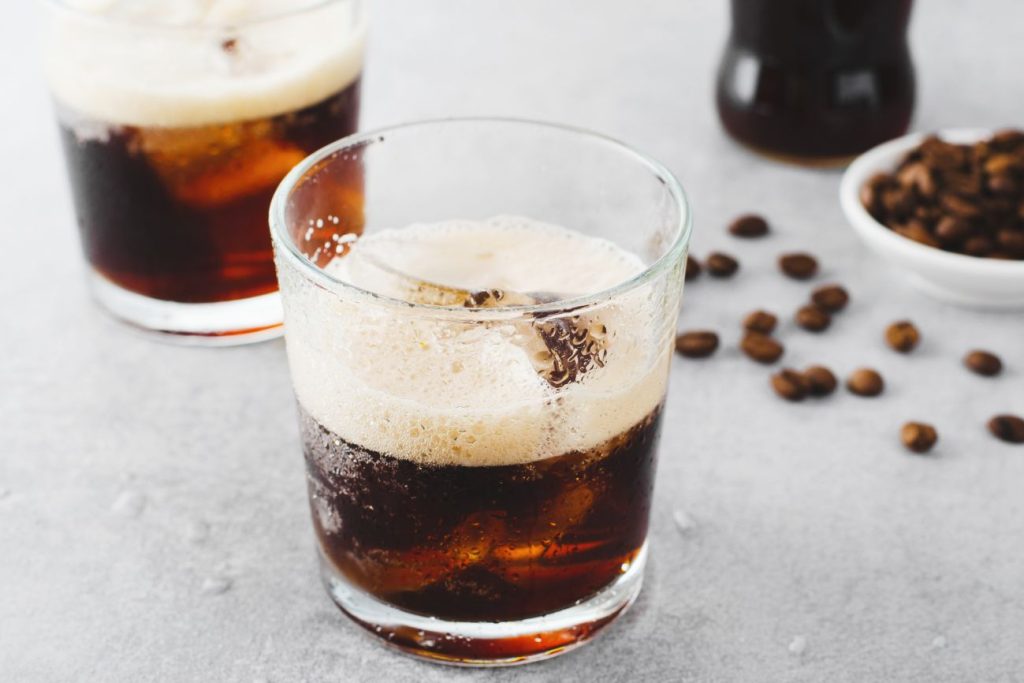
Cold Brew Takeover
In addition to other innovations and changes in the coffee industry, cold brew coffee is becoming the future. As you can see on social media, cold brew recipes and methods are popular. People prefer cold brew coffee to iced and other hot brewing methods. Cold brew coffee is the future of 4th wave coffee. Now, the main reason could be the brewing process used to make cold brews. As you know, in cold brew, coffee is steeped in water for an extended period to fully extract the coffee flavors.
Coffee lovers enjoy the flavor profile and taste of cold brew coffee, so they are switching to cold brew.
Coffee Experiences Moving to Your Kitchens
During the first and second coffee waves, people used to visit coffee shops to have a cup of coffee. But the coffee culture has changed a lot. They are currently enjoying their favorite cups of coffee at home. People are improving their home coffee bars to get a complete professional experience at home. The pandemic plays a crucial role in this because people were forced to work from home due to the pandemic.
Now, practically everyone has their own coffee maker and machine, and they enjoy lots of coffee recipes at home. Travel-friendly and environmentally friendly coffee makers are now available in the market, which you can take with you wherever you go to have a cup of freshly brewed coffee.
Involvement of Social Media and Gen Z
Nowadays, social media plays a significant role in trends and innovations. Gen Z and social media influencers regularly share their coffee recipes, brewing techniques, and coffee bars with their followers. People are following these coffeetok influencers and their recipes rather than the coffee shops that are leading the coffee trend. Now it’s not just about quality; creativity is equally important.
Coffee lovers are increasingly garnishing their drinks with milk foam to improve the look. People now use pumpkin flavoring, elderflower or lavender, rose, and hibiscus instead of simply caramel, vanilla, and hazelnut.
Wrap Up
As you’ve seen, coffee has gone through incredible transformations, from the mass-produced convenience of the first wave to the artisanal craftsmanship of the third wave. Now, with the fourth wave, you’re entering an era where science, technology, and sustainability shape your coffee experience.
No longer do you need to rely on coffee shops for a quality brew; you can now craft barista-level coffee right in your kitchen. Social media and Gen Z influencers are driving trends, making creativity and aesthetics just as important as taste. And with innovations like cold brew, ready-to-drink cans, and functional health-infused coffees, your options are more exciting than ever.
So, is the fourth wave the future? That’s up to you. Whether you embrace the latest trends or stick to your classic favorites, one thing is certain: coffee culture will keep evolving, and you’ll be at the center of it.

